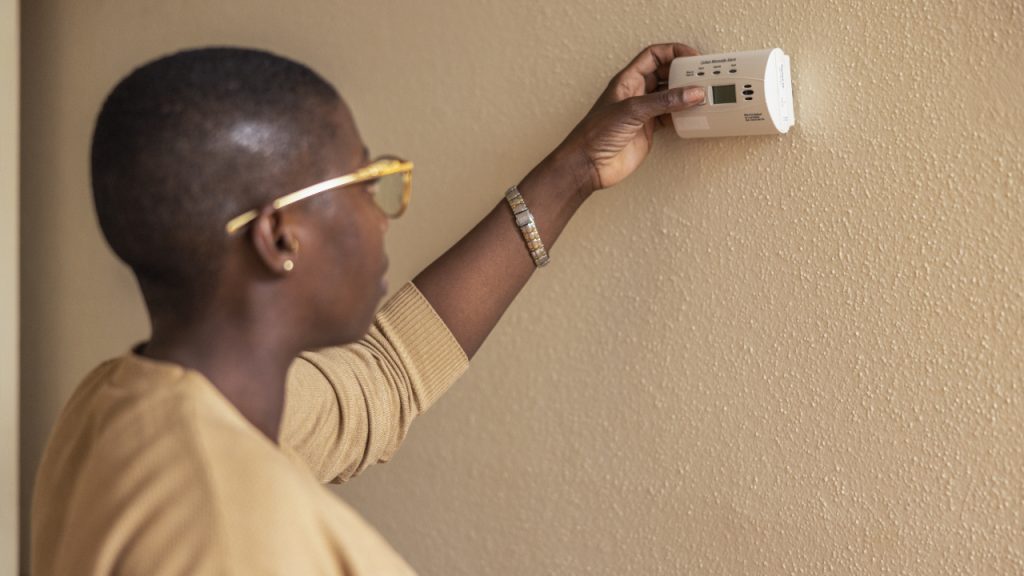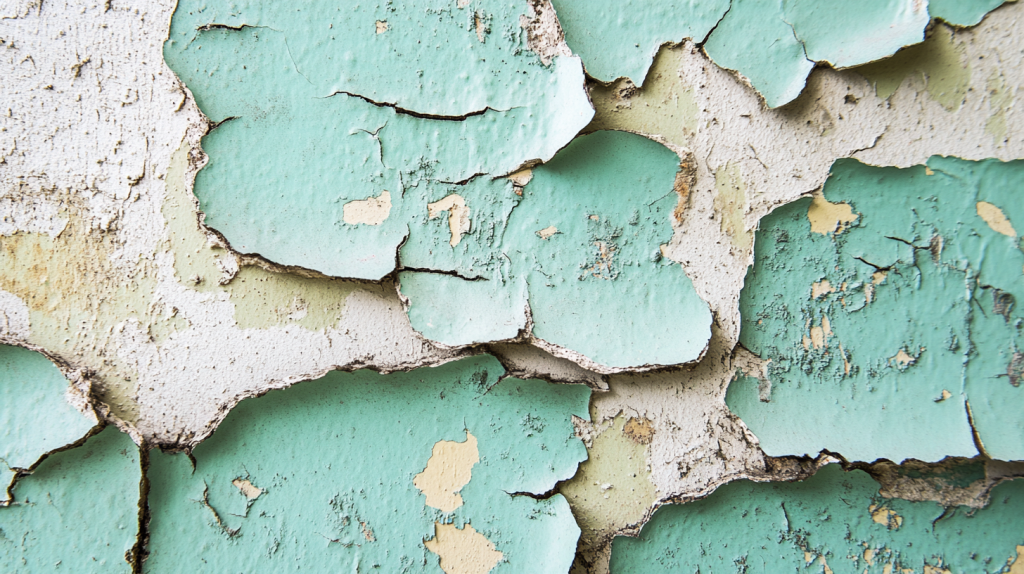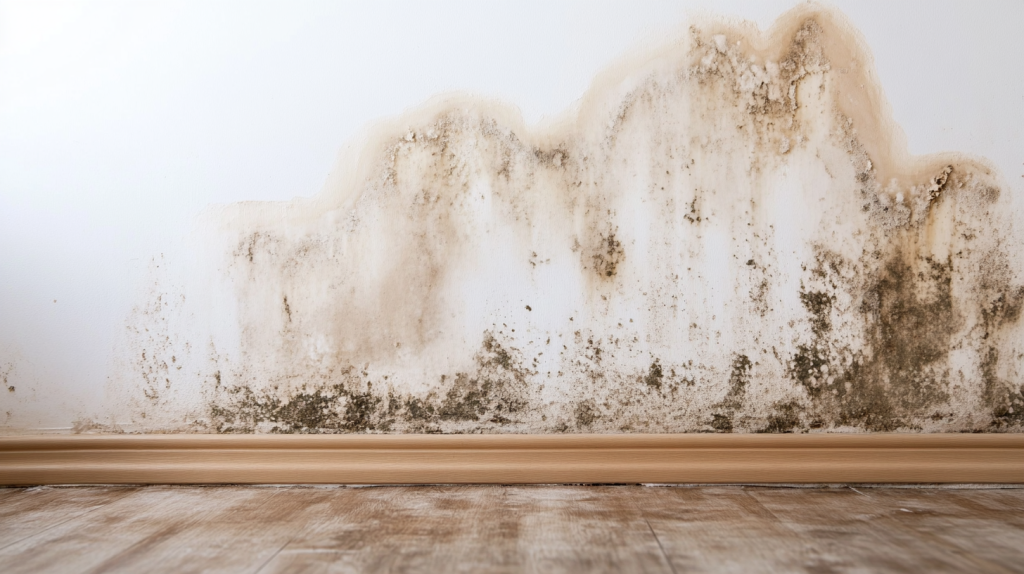My home is supposed to be my sanctuary, a place where I feel safe and comfortable. But I’ve come to realize that it might be hiding some things that could be making me sick. From invisible mold spores to chemicals in everyday products, there are potential hazards in many of our homes that can lead to health issues.
If you’ve been feeling off or unwell for no obvious reason, your home might be playing a role in that. Once I started recognizing these warning signs, I made a few simple changes to improve my home’s air quality, cut down on allergens, and create a healthier environment for my family and me. If you’re experiencing any of the following signs, it might be best to get your home inspected, or check for these issues yourself.
Unexplained Fatigue

Feeling constantly tired, even after a good night’s sleep, can be a sign of poor air quality in your home. This could be due to dust mites, mold, or even carbon monoxide. Ensure your home is well-ventilated, and invest in air purifiers to keep pollutants at bay.
Frequent Headaches

If you’re experiencing frequent headaches at home, it might be due to chemical pollutants like formaldehyde from furniture, paint, or cleaning products. Switch to non-toxic, eco-friendly alternatives, and open windows regularly to let fresh air circulate.
Itchy Eyes and Skin

If your eyes and skin are often itchy, you might be reacting to dust mites, mold, or pet dander. These allergens are commonly found in carpets, upholstery, and bedding. Regular vacuuming, washing linens, and using hypoallergenic covers can help reduce symptoms.
Stuffy Nose or Sinus Issues

A chronically stuffy nose or sinus problems might be linked to mold or mildew growing in damp areas of your home. Check your bathrooms, basements, and around windows for signs of mold, and use dehumidifiers to reduce moisture levels.
Respiratory Problems

If you or someone in your home is wheezing or experiencing shortness of breath, it could be due to indoor pollutants like dust, smoke, or mold. Ensure proper ventilation, clean air ducts, and consider adding houseplants that naturally purify the air.
Frequent Coughing

Constant coughing may be triggered by allergens or irritants in the air, such as dust, chemicals, or pet dander. Regularly clean your home’s air filters and vents, and use a high-efficiency particulate air (HEPA) filter to trap harmful particles.
Persistent Cold or Flu-Like Symptoms

If you always seem to have cold or flu symptoms at home, indoor mold might be the cause. Mold releases spores into the air that can irritate the respiratory system. Address leaks, clean moldy areas with appropriate cleaners, and use a dehumidifier.
Dizziness or Lightheadedness

Unexplained dizziness or lightheadedness can be a sign of carbon monoxide poisoning, often caused by faulty heating systems. Install carbon monoxide detectors and have your heating appliances regularly inspected to avoid dangerous exposure.
Poor Sleep

If you’re struggling to sleep well, your home’s air quality might be to blame. High levels of indoor allergens or poor ventilation can disrupt sleep patterns. Use air purifiers, keep windows slightly open for ventilation, and reduce humidity levels.
Asthma Worsening Indoors

Asthma flare-ups at home can often be traced back to dust mites, mold, or even chemical fumes from cleaning products. Switch to asthma-friendly cleaning supplies, vacuum often, and consider using a dehumidifier to control moisture.
Musty Smells

A musty smell in your home is often a sign of mold or mildew, especially in damp areas like basements or bathrooms. Address leaks, improve ventilation, and regularly clean damp spaces to prevent mold from growing.
Peeling Paint or Wallpaper

Peeling paint or wallpaper can indicate moisture buildup, which often leads to mold growth. This can affect your respiratory system and overall health. Repair leaks promptly, and consider using mold-resistant paint in moisture-prone areas.
Pests in Your Home

If you have cockroaches or rodents, they can contribute to poor indoor air quality. Their droppings and dander are known allergens that can trigger asthma and other respiratory issues. Seal entry points, keep food stored properly, and call an exterminator if needed.
Water Damage

Water damage is a major cause of mold growth, which can severely impact your health. Check for any leaks, stains, or soft spots in walls and ceilings. Repairing water damage quickly can prevent mold and maintain a healthier home environment.
Chemical Smells

If you often notice strong chemical odors from cleaning products, air fresheners, or even new furniture, these could be harmful volatile organic compounds (VOCs). Switch to low-VOC or natural alternatives and improve ventilation to reduce exposure.
17 Old Wives’ Tales That Are Actually True

Old wives’ tales have been passed down through generations, often dismissed as mere superstition. However, many of these age-old beliefs are rooted in truth. From health tips to weather predictions, these stories from the past can surprise us with their accuracy. Here are 17 old wives’ tales that are actually true.
Read More: 17 Old Wives’ Tales That Are Actually True
Ellen has been obsessed with logic puzzles, jigsaws, and cryptograms since she was a kid. After learning she was taught how to play chess wrong by a family friend (so they could win), she joined her school chess club and the rest is history.


